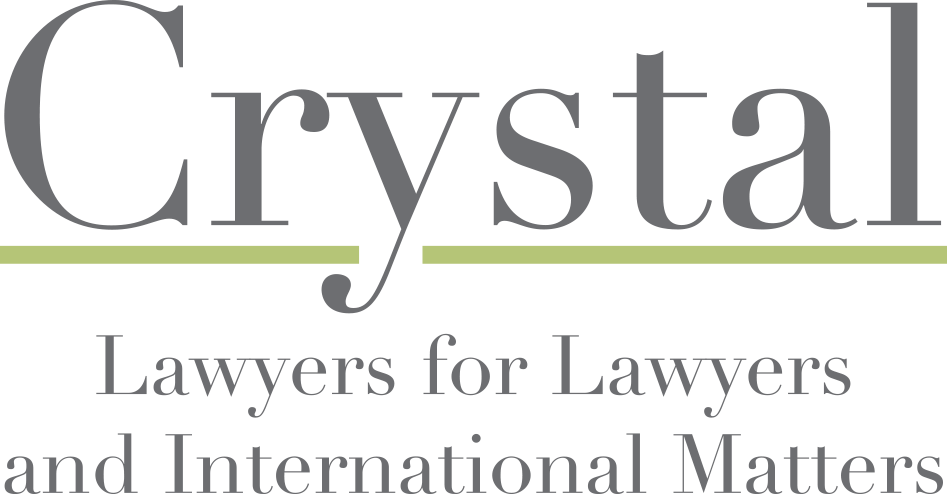 Clients have the absolute right to discharge their lawyers for any reason (subject to court approval when the case is pending before a tribunal). But what about the lawyer’s fees?
Clients have the absolute right to discharge their lawyers for any reason (subject to court approval when the case is pending before a tribunal). But what about the lawyer’s fees?
Most courts follow the principle that if a lawyer is discharged “for cause,” the lawyer is not entitled to compensation. However, if the termination is with “without cause,” the lawyer should receive “quantum meruit,” the reasonable value of the lawyer’s services.
Hughes & Coleman, PLLC v. Chambers, 2017 Ky. LEXIS 387, grew out of the representation by H&C of the plaintiff, Underwood, in an automobile accident case. H&C received no-fault damages (also known as personal injury protection or PIP damages) from the client’s insurer totaling $20,000. The firm paid about $5000 to the client, and retained the remainder in trust pursuant to a limited power of attorney signed by the client. A few months later the firm received a settlement offer of $145,000 from the tortfeasor’s insurer, which the client rejected based on H&C’s advice that the case had a value of $200,000.
Two months later Underwood discharged H&C and hired attorney James Chambers to represent him. In his discharge letter Underwood claimed that one of the reasons for the discharge was that Underwood was “made to think” that the PIP payments had to be put in escrow. Shortly thereafter Chambers settled the case for $200,000. H&C asserted an attorney’s lien under Kentucky law, which Chambers refused to honor, claiming that H&C had been discharged for cause.
The Kentucky Supreme Court held that a discharge for cause resulting in forfeiture of a discharged attorney’s compensation “must involve some sort of wrongful conduct by the attorney, resulting in an irreconcilable breakdown in the attorney-client relationship.” While H&C might have better explained to Underwood how PIP benefits work, along with the documentation necessary to disburse the benefits, this simple lack of explanation, even if it amounted to a violation of the duty to communication under Rule 1.4, did not constitute wrongful conduct. The court gave two examples of wrongful conduct from prior cases: withdrawal from representation when a client rejected the attorney’s recommendation to settle and withdrawal because the attorney felt that continued representation would jeopardize the lawyer’s relationship with other clients or with colleagues.
Therefore, H&C was entitled to quantum meruit compensation from the fees received by Chambers. While the measure of quantum meruit was not before the court, it is interesting to note that the trial court used a percentage method of determining H&C’s quantum meruit recovery, awarding 75% of the contingent fee in the case to H&C and 25% to Chambers. These percentages reflect the relative contributions of H&C and Chambers to the settlement (H&C had obtained an offer of $145,000, which is approximately 75% of the final settlement.)
In my opinion for two reasons use of a percentage method of allocation of fees between a lawyer who is discharged without cause and subsequent counsel is better than using a lodestar method (number of hours devoted to the case multiplied by hourly rates of the providers) of determining compensation of the discharged lawyer. The lodestar amount is not necessarily a fair measure of the discharged lawyer’s contribution to the result in the case. In addition, contingent fee lawyers usually do not keep time records, so determination of lodestar amounts is difficult as a practical matter.
For more information about this case and for advice regal legal fees for discarded lawyers, contact Nathan M. Crystal
